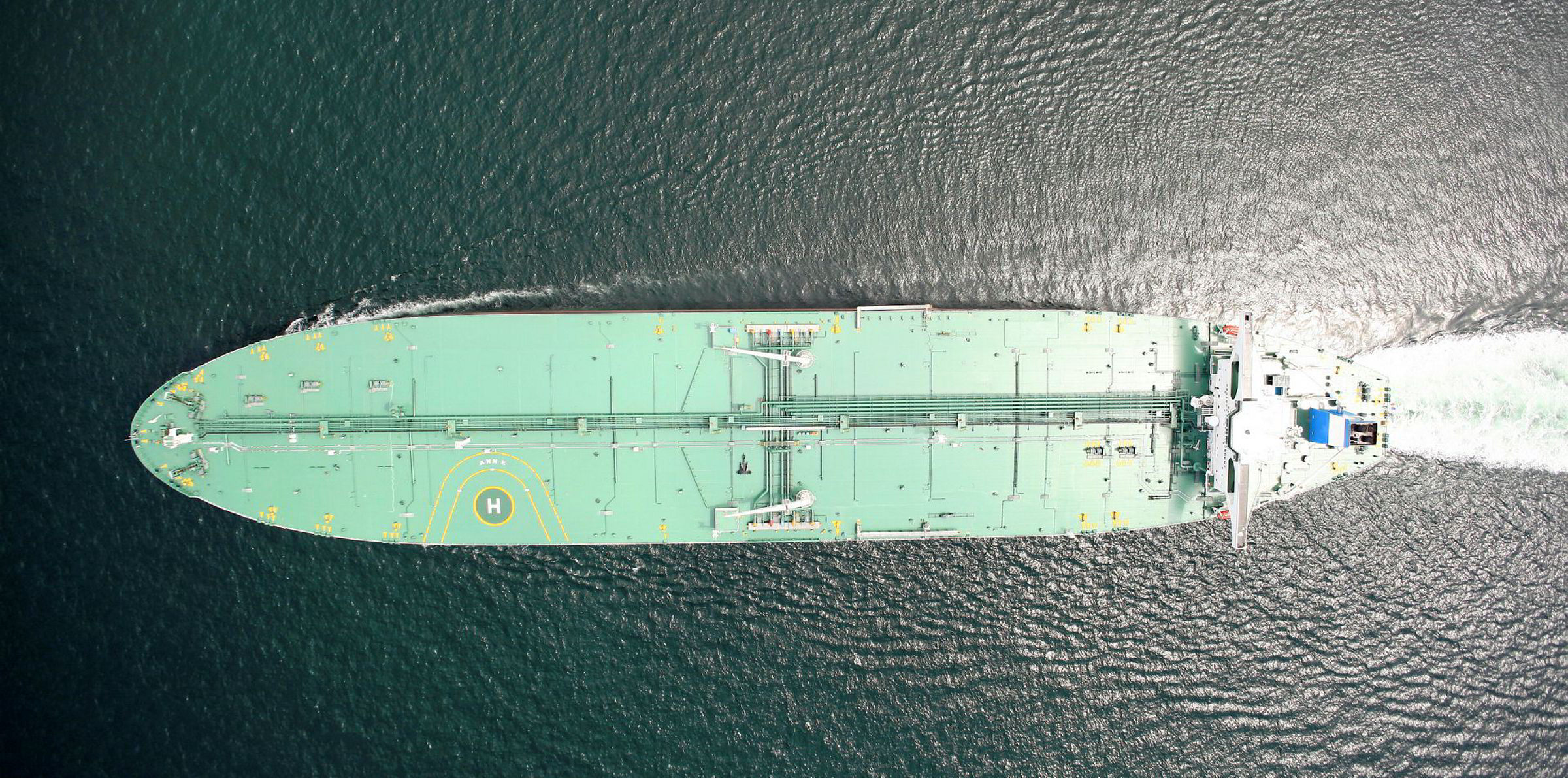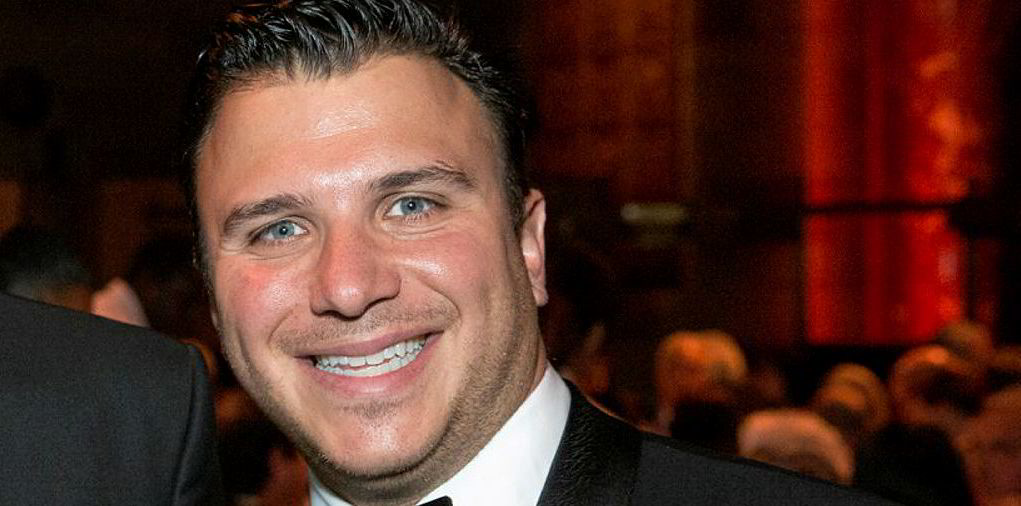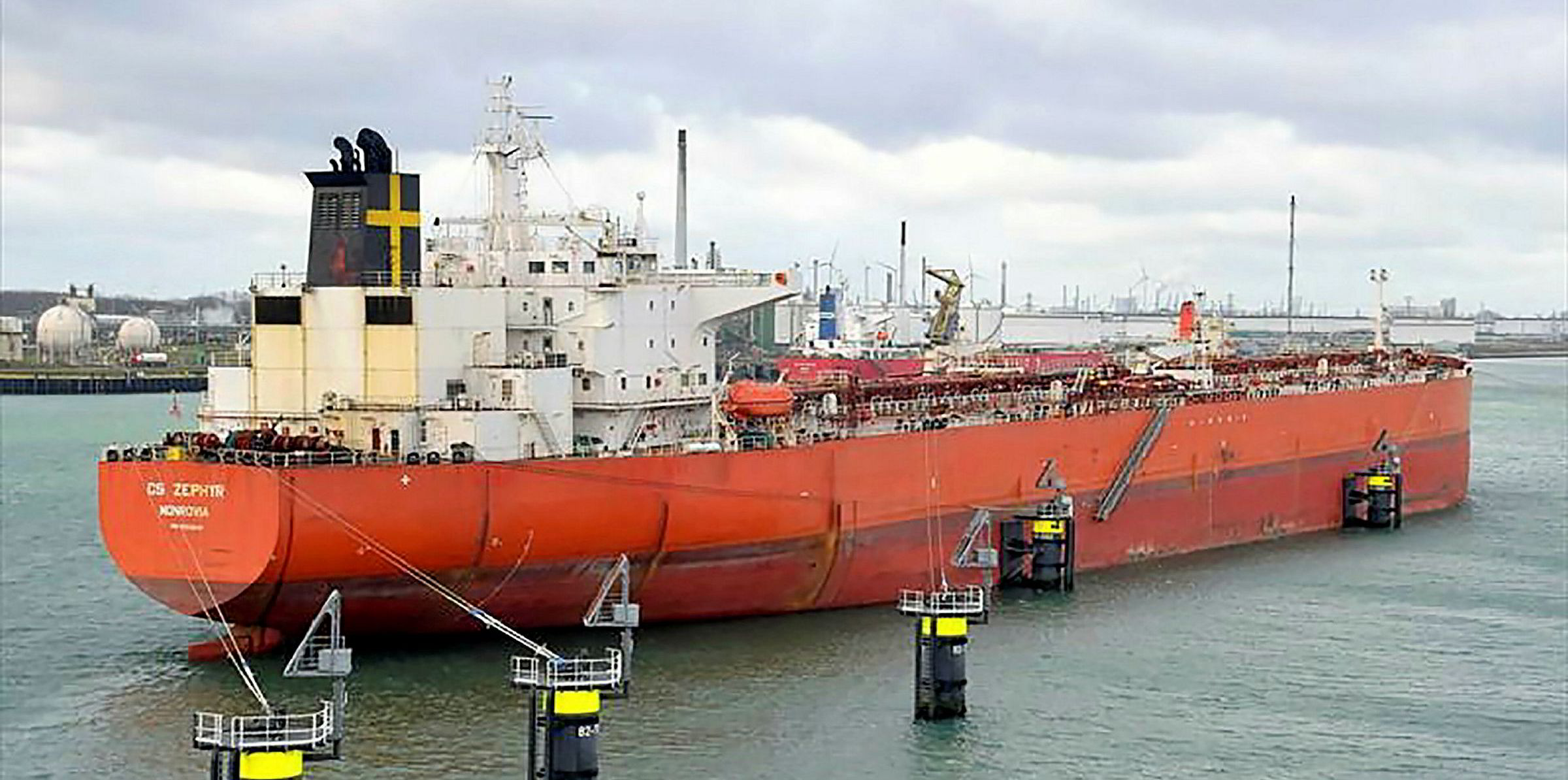Cleaves Securities has cut its VLCC asset price assessments for the second time in two weeks on the back of recent sale-and-purchase activity.
The Norwegian investment bank said asset prices are falling “even faster” than it expected when it downgraded the tanker sector to “hold” in April and then “sell” in May.
VLCC values have fallen by between 8% and 25%, depending on vintage, since the peak in April, it said. Suezmax values dropped by between 9% and 28%, while aframaxes have lost between 7% and 31%.
Cleaves said product tankers are “faring slightly better”, but this is mainly due to asset prices not increasing markedly during the market frenzy in April and March.
“Our main thesis from May was that the bid/ask spread was going to widen as bids fell below last done, before a new equilibrium at a lower level would be found in August or September,” said Cleaves head of research Joakim Hannisdahl.
“We have, however, seen a few data points over the past weeks which show that this equilibrium is seemingly already here.”
Cleaves highlighted the sale of the 320,000-dwt HRA (built 2011) for $46m, compared with the $48m achieved for the year-older, 297,600-dwt New Coral (built 2010) in May.
It also pointed to the sale of the 298,300-dwt Sea Coral (built 1996) at $18m compared with the $26m achieved for Frontline’s 300,000-dwt Dewi Maeswara (built 1998) in April.
With other vessel classes already close to opex levels, we still believe VLCCs could join them in the near-term
Joakim Hannisdahl
“The short-term VLCC market currently hangs in the balance, with increasing Opec+ production from August offset by the potential large increase in vessel supply if the ongoing Chinese discharge delays diminish,” Hannisdahl said.
“With other vessel classes already close to opex [operating expense] levels, we still believe VLCCs could join them in the near term.”
He expects the middle of 2021 to represent the “cyclical inflection point” and said the lowest orderbook since 1997, together with 10% demand growth in 2022, could change fortunes for oil tanker owners.
He forecast that Cleaves’ oil tanker share index will increase by 248% by 2024, but that share prices will see a further decline of 25% before then, as there is another 12% downside to Cleaves’ asset price index over the next year.
Hannisdahl is waiting until the first half of 2021 to start “opportunistically buying” selected oil tanker company shares.
However, he still sees downside risk to some of the more “financially leveraged” tanker plays such as Frontline and Okeanis Eco Tankers amid falling asset prices.
“We want to highlight that oil tanker fundamentals will likely continue to change at a rapid pace in the coming months, and that any long or short-term investments in the segment is currently associated with an elevated degree of risk,” Hannisdahl said.
Good news on spot rates

Separately, Cleaves said VLCC spot rates in the third quarter had held up “remarkably well”, despite two consecutive months of cargo count 30% below a normal market.
Discharge delays in China, together with about 8.8% of the total tanker fleet still being tied up in floating storage, prompted the upward revision.
“Quarterly, realised spot rates for oil tanker companies tend to lead by around three weeks, which means we already have about 48% spot rate visibility for the third quarter of 2020,” Hannisdahl said.
Cleaves now estimates that VLCCs earned average daily spot rates in the third quarter of $26,778 per day against earlier forecasts of less than $10,000 per day.





